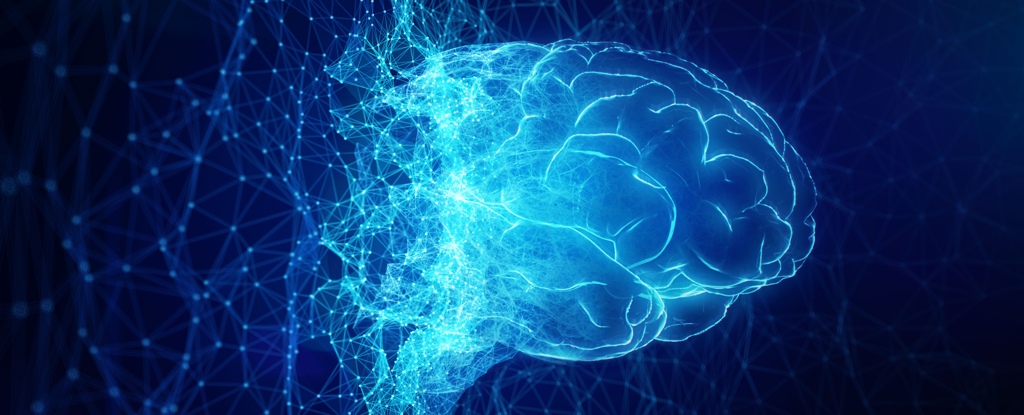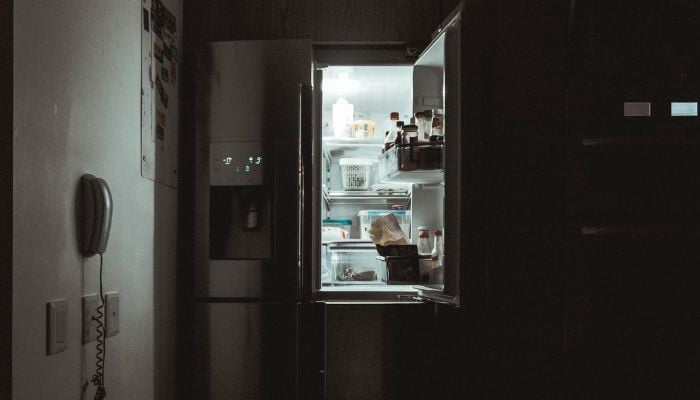
The novel technique differs from the most familiar ways of keeping time because it is not anchored to a “time zero” that marks the start of a recorded period.

Short telomeres are a sign of stress and cellular aging, and are also associated with a higher risk of neurological and psychiatric disorders.

A high-risk stem cell transplant has rid a middle-aged man of any signs of the human immunodeficiency virus (HIV) more than nine years after treatment.

Turkey lies at the intersection of three of the tectonic plates that make up the Earth's crust: the Anatolian, Arabian, and African plates. Arabia is moving northwards into Europe, causing the Anatolian plate to be pushed out westwards.

The Lost City Hydrothermal Field, which was found by researchers in 2000 and is located more than 700 metres below the surface, is the ocean’s longest-lasting venting environment. It is unique and has never been matched.

Recent tests show that the zone of uncertainty in the brain is encoding previous experiences in a special bidirectional way that hasn't been seen before.

Using the powerful Relativistic Heavy Ion Collider (RHIC) in US. scientists have shown how it's possible to glean precise details on the arrangement of gold's protons and neutrons using a kind of quantum interference never before seen in an experiment.

A novel technique created by US scientists makes use of the way energy is stored or released when a material changes phase. It is called ionocaloric cooling and it may eventually replace current techniques.

Researchers from the University of Copenhagen and University of Rochester have identified a layer of tissue that helps protect our gray and white matter, one that hasn't been distinguished before.

How life emerged on Earth from an assortment of non-living molecules is a stubbornly enduring mystery but now we could have some more clues thanks to a recent study.

An alloy of chromium, cobalt, and nickel has just given us the highest fracture toughness ever measured in a material on Earth.

Microscopic fragments of environmental DNA were found in Ice Age sediment in northern Greenland. Researchers discovered the fragments that are one million years older than the previous record for DNA.

Since the 18th century the prevalence of this extra artery is increasing. The prevalence was around 10 % in people born in the mid-1880s compared to 30 % in those born in the late 20th century, - a significant increase in a fairly short period of time.

Now scientists have used CRISPR to remove and add genes to these cells to help them recognize a patient’s specific tumor cells.

The length of our day changes slightly over a six-year period. This recent discovery has perplexed scientists for about a decade and now we know the reason for it - it is the Earth core.